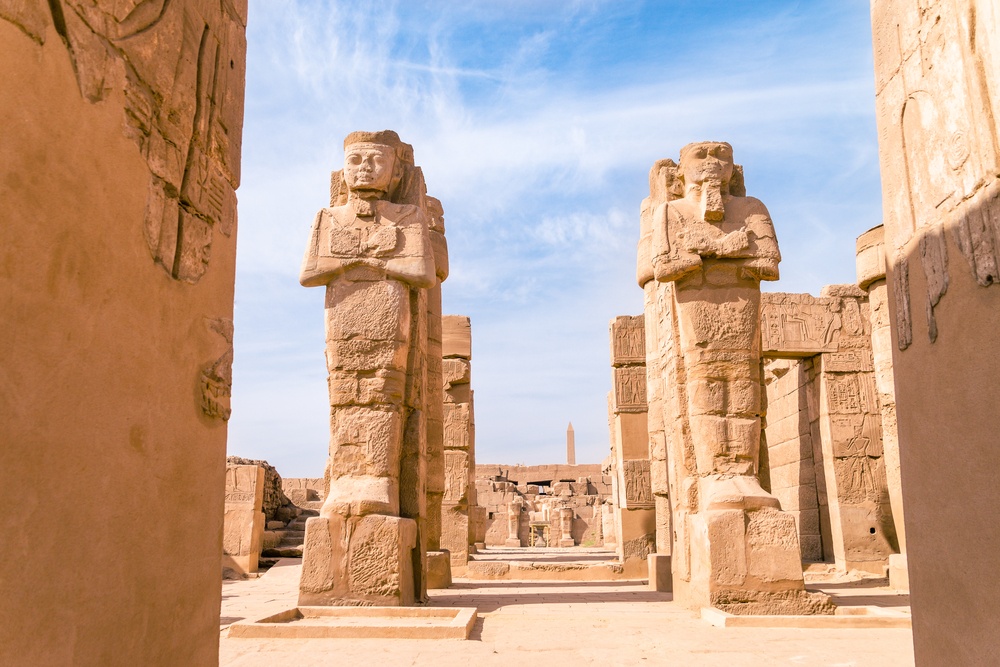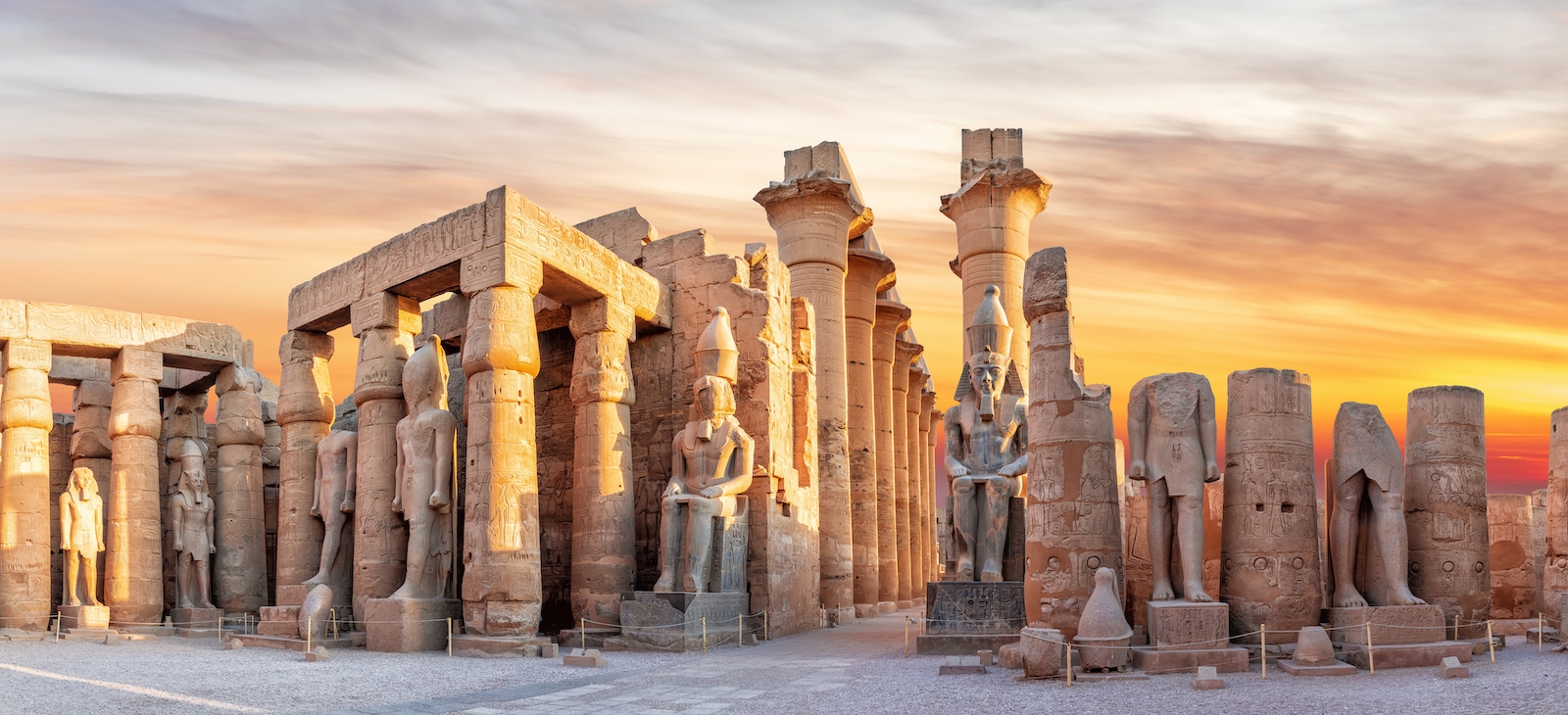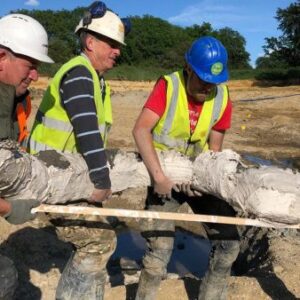In 1941, the revelation of a dozen royal Egyptian tombs near the ancient city of Tanis in the Nile Valley captivated the imaginations of archaeologists. The discoveries made by French Egyptologist Pierre Montet suggested the intriguing possibility that Tanis could be the elusive Pi-Ramesses. The site’s significance was underscored by granite blocks adorned with the royal cartouche of Ramses II. Notably, a partially buried giant temple, previously uncovered by earlier archaeologists, added to the grandeur. The allure deepened with the uncovering of gold vessels and a silver coffin within the tombs. As the story unfolded, Tanis began to emerge as a pivotal element in Ramses II’s historical legacy.

The assumption gained momentum as the expansive site revealed colossal statues, including the impressive Colossus featuring Ramses II himself. Montet’s remarkable findings appeared to solidify Tanis as the lost city of Pi-Ramesses II. However, the prevailing theory faced a setback with emerging evidence, injecting renewed uncertainty into the quest for Ramses’s Lost City. Ongoing explorations at Tanis, marked by granite blocks echoing the past, continue to weave a captivating archaeological saga, prompting scholars to reevaluate the historical puzzle of this fascinating ancient city.

The captivating narrative is complemented by a sprawling site adorned with colossal statues, including the impressive Colossus featuring Ramses II in person. Montet’s remarkable finds seem to solidify Tanis as the lost city of Pi-Ramesses II. However, the prevailing theory faces a setback with emerging evidence, throwing the pursuit of Ramses’s Lost City into renewed uncertainty. The ongoing exploration at Tanis, with its granite blocks echoing the past, continues to be a captivating archaeological saga, prompting scholars to reassess the historical puzzle of this intriguing ancient city.

[Author’s Name: Robbie Mitchell]
Related Articles on Ancient-Origins
On November 4, 2016, at 02:54, Natalia Klimczak reported:
For centuries, it was believed that the city of Tanis was nothing more than a legend. Many people had doubts that it ever really existed. But that all changed when researchers who accompanied Napoleon Bonaparte…
On March 11, 2016, at 00:46, Ralph Ellis reported:
Have King Solomon’s Mines really been discovered? Yes, indeed. In fact, they have been known about for centuries, and modern archaeological work on them started way back in the early 19th century…





